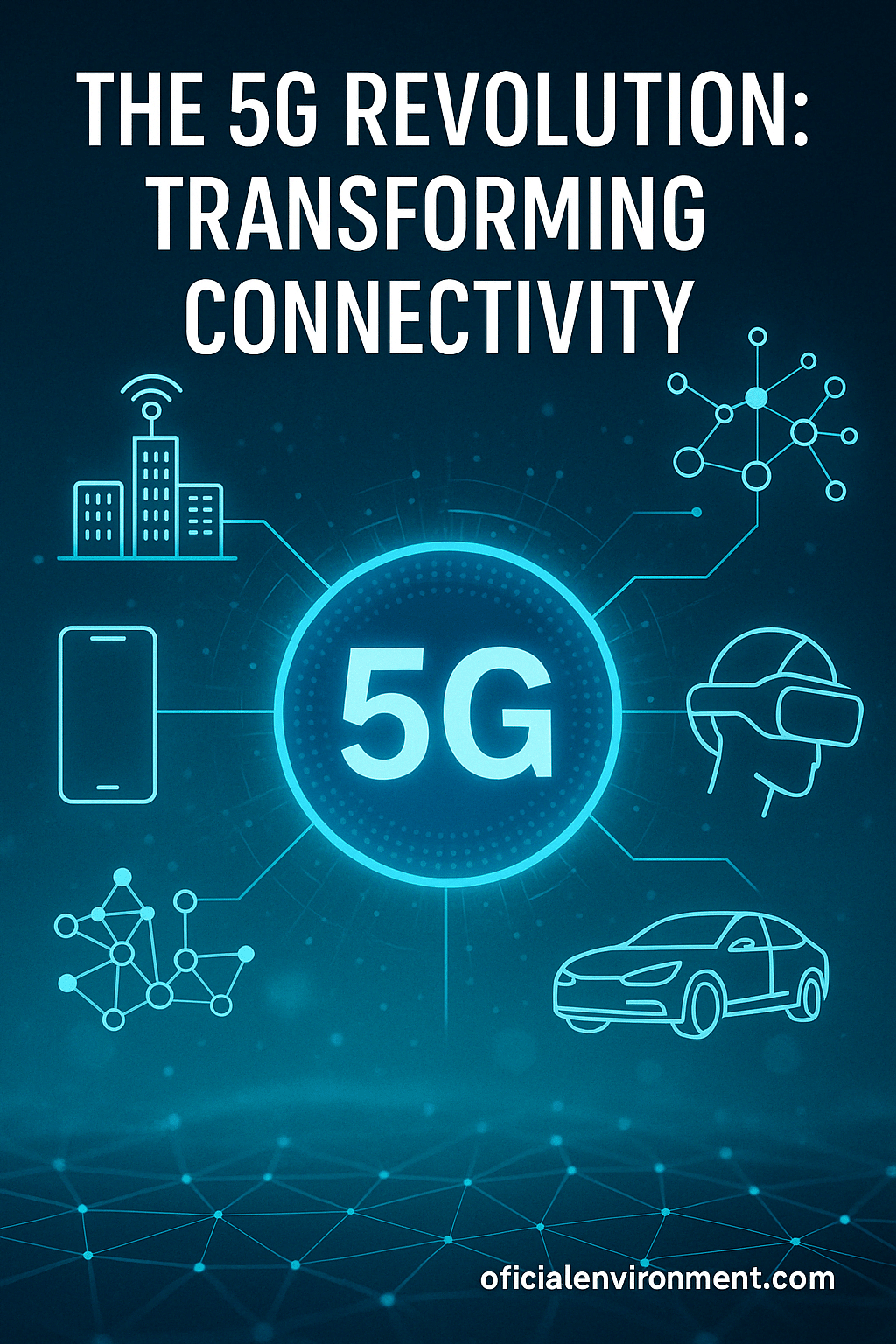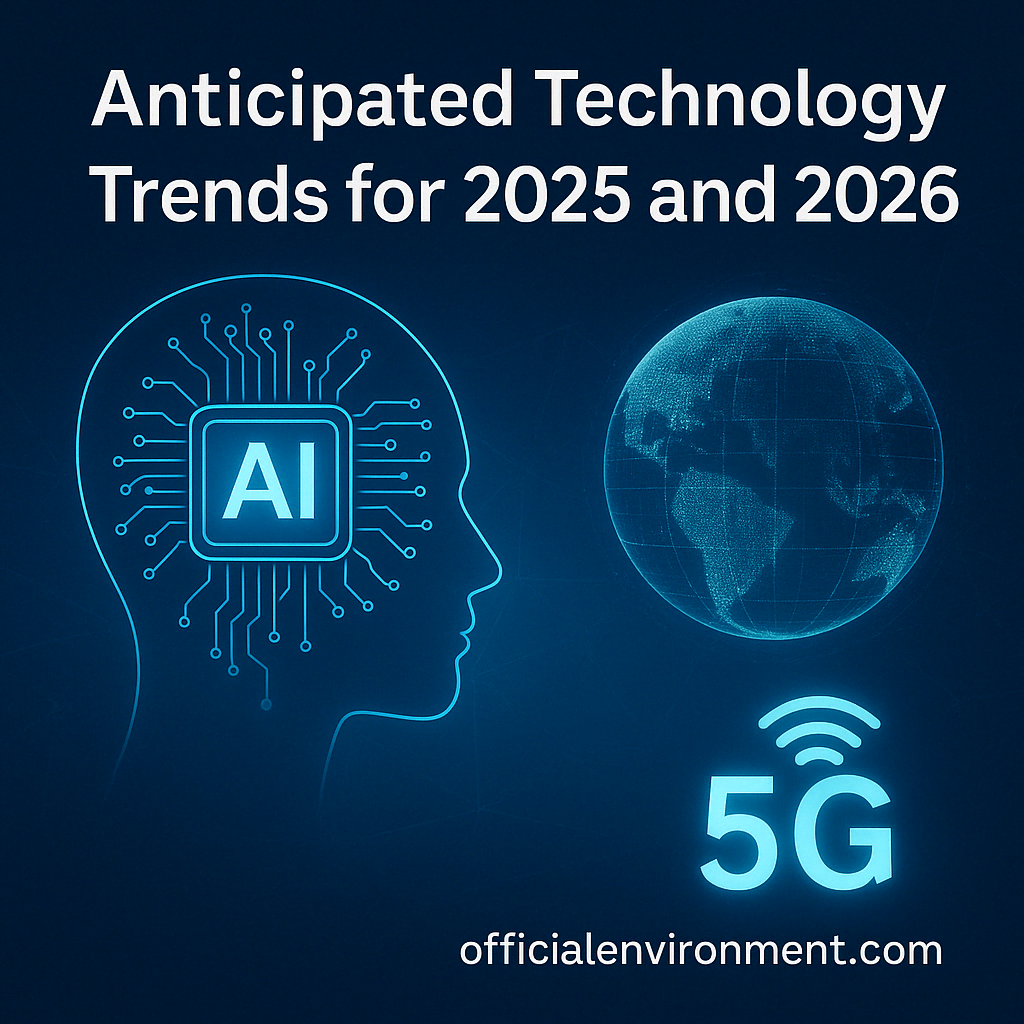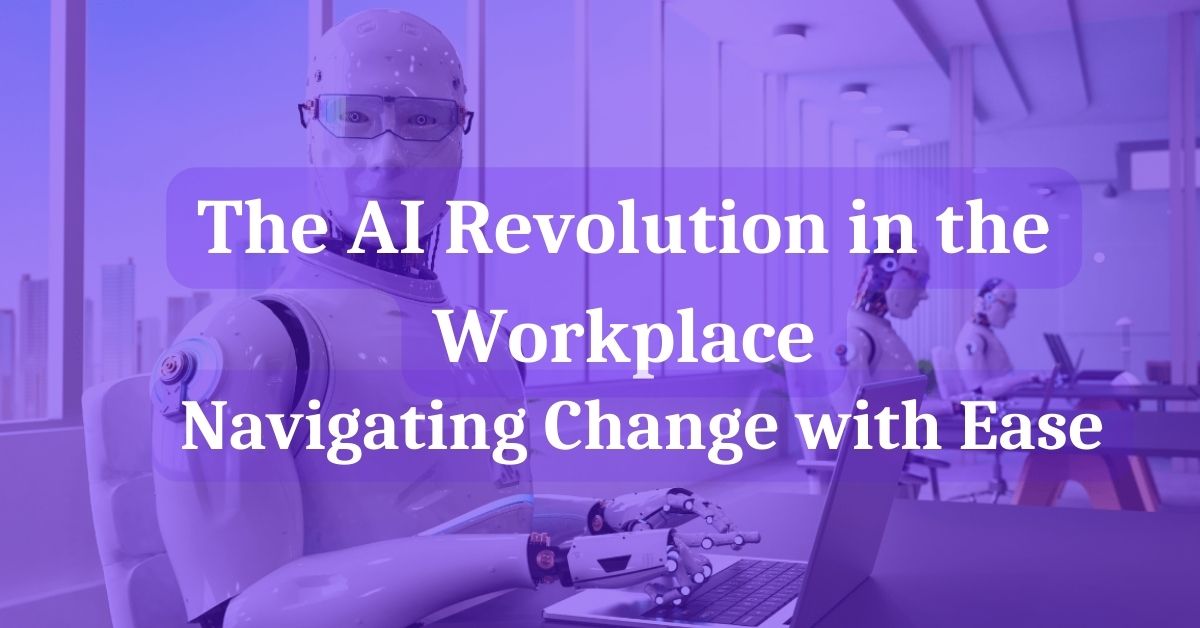In the ever-evolving world of technology, the coming years are poised to bring about transformative changes that will redefine the way we live, work, and interact with the digital realm. As we look ahead to 2025 and 2026, a host of innovative trends is on the horizon, ranging from advancements in artificial intelligence (AI) to the widespread adoption of 5G technology. In this article, we will explore these anticipated technology trends, providing insights into how they will shape our future and influence various industries.
1. Artificial Intelligence (AI) Takes Center Stage
a. Explainable AI: Bridging the Transparency Gap
As AI continues to permeate various aspects of our lives, a notable trend for 2024 and 2025 is the emphasis on Explainable AI (XAI). This approach aims to make AI algorithms more transparent, allowing users to understand how these systems arrive at specific decisions. This increased transparency is particularly crucial in sectors such as healthcare, finance, and autonomous systems, where accountability and ethical considerations are paramount.
b. AI-Powered Personalization: Tailoring Experiences for Individuals
The personalization trend, driven by AI algorithms, is expected to become more sophisticated in the coming years. From personalized content recommendations to AI-driven customer experiences, businesses are leveraging machine learning to understand user behavior, preferences, and needs. This trend is set to redefine how products and services are tailored to meet individual requirements, enhancing overall user satisfaction.
c. Advancements in Natural Language Processing (NLP): Enhancing Language Understanding
Natural Language Processing (NLP) is anticipated to reach new heights, with more advanced models enhancing language understanding. This evolution will impact human-computer interactions, making virtual assistants, chatbots, and other language-dependent applications even more seamless. Improved language generation, sentiment analysis, and language comprehension will contribute to the broader deployment of NLP.
2. The 5G Revolution: Transforming Connectivity
a. Widespread Adoption of 5G Networks: Faster and More Efficient Connectivity
The rollout of 5G technology is set to reach its peak in 2025 and 2026, introducing in significantly faster data speeds and lower latency. This widespread adoption will revolutionize the way we connect and communicate, impacting mobile experiences, Internet of Things (IoT) proliferation, and advancements in augmented reality (AR) and virtual reality (VR).

b. Edge Computing Becomes Mainstream: Reducing Latency for Real-Time Applications
To complement the advancements in 5G, edge computing is emerging as a critical component of the technological landscape. By processing data closer to the source rather than in centralized data centers, edge computing reduces latency, making it ideal for applications such as autonomous vehicles, IoT devices, and real-time analytics.
c. IoT Expansion and Integration with 5G: A More Connected World
The combination of the Internet of Things (IoT) and 5G will unlock new possibilities in smart cities, industrial automation, and connected devices. This integration will result in a more interconnected and efficient world, impacting how devices communicate and share information.
3. Immersive Technologies: Augmented, Virtual, and Extended Reality
a. Augmented Reality (AR) in Mainstream Applications: Going Beyond Niche Uses
AR is expected to transcend its current niche status and become more integrated into everyday applications. From retail and education to healthcare and navigation, AR is finding diverse applications. The advent of AR glasses is anticipated to make significant strides, offering users enhanced information overlays on the real world.
b. Virtual Reality (VR) for Enhanced Experiences: Beyond Gaming and Entertainment
The continual evolution of VR hardware and content is set to redefine immersive experiences. VR applications will become more sophisticated and accessible, impacting diverse sectors, including gaming, entertainment, virtual collaboration, and training simulations.
c. Extended Reality (XR) Integration:
Blurring Virtual and Physical Realities Extended Reality (XR), which includes AR, VR, and mixed reality (MR), is expected to see increased integration across various industries. This seamless blending of virtual and physical worlds will redefine how we interact with information, spaces, and each other.
4. Cybersecurity Advances: Safeguarding the Digital Realm
a. Zero Trust Security Models: Continuous Verification and Strict Access Controls
In response to the increasing sophistication of cyber threats, the adoption of zero-trust security models is gaining momentum. Zero trust assumes that threats can emerge from both external and internal sources, requiring continuous verification of user identity and strict access controls to minimize the risk of unauthorized access and data breaches.
b. AI-Powered Cybersecurity Solutions: Enhancing Threat Detection
As cyber threats become more advanced, AI is playing a crucial role in bolstering cybersecurity defenses. AI-driven threat detection, behavioral analytics, and automated response mechanisms are becoming integral components of robust cybersecurity frameworks.

c. Quantum-Safe Cryptography: Securing Against Quantum Threats
With the rise of quantum computing, the need for quantum-safe cryptography is becoming evident. Post-quantum cryptographic algorithms are being developed to secure data against potential threats posed by quantum computers, ensuring the long-term security of sensitive information.
5. Blockchain and Decentralized Technologies
a. Mainstream Blockchain Adoption: Beyond Cryptocurrencies
Blockchain technology, initially associated primarily with cryptocurrencies, is expanding its reach beyond the realm of finance. The transparency, security, and decentralized nature of blockchain are finding applications in supply chain management, healthcare, and voting systems, among others. Mainstream adoption is expected as more industries recognize the potential benefits.
b. Decentralized Finance (DeFi) Evolution: Reshaping Financial Services
Decentralized Finance, or DeFi, is anticipated to evolve and expand its reach in 2024 and 2025. From decentralized exchanges to blockchain-based lending and insurance, DeFi platforms are reshaping traditional financial services by offering more accessible, transparent, and efficient alternatives.
c. Interoperability Among Blockchain Networks: Creating an Interconnected Landscape
The future of blockchain involves fostering interoperability among different blockchain networks. This will enable seamless communication and data transfer between disparate blockchain ecosystems, creating a more interconnected and versatile blockchain landscape.

6. Green Technology and Sustainability
a. Renewable Energy Technologies: Driving the Transition to Sustainability
The imperative for sustainable practices is steering the development of innovative renewable energy technologies. Solar and wind energy solutions, coupled with advancements in energy storage, are expected to drive the transition towards a more sustainable and eco-friendly energy landscape.
b. Circular Economy and Sustainable Manufacturing: Reducing Environmental Impact
The concept of a circular economy, where resources are reused, recycled, and regenerated, is gaining traction. Sustainable manufacturing practices, including 3D printing and eco-friendly materials, are set to reduce waste and environmental impact in various industries.
c. Smart Cities and Environmental Monitoring: Enhancing Urban Sustainability
The evolution of smart cities is closely intertwined with environmental sustainability. The integration of IoT sensors and data analytics in urban infrastructure will lead to more efficient resource utilization, reduced emissions, and improved overall environmental quality.
Conclusion: Embracing Innovation for a Dynamic Future
As we peer into the future of technology in 2024 and 2025, these anticipated trends paint a vivid picture of a world shaped by innovation and adaptability. From the widespread adoption of AI to the transformative potential of 5G, blockchain, and sustainable technologies, the next few years promise to be a period of unprecedented growth and change. Embracing these trends and staying informed about their implications will be key for individuals and businesses looking to thrive in the dynamic landscape of tomorrow's technology-driven world. As we embark on this journey into the future, let's do so with curiosity, adaptability, and a commitment to leveraging technology for the betterment of society and the planet. The innovations of tomorrow are waiting to unfold, and by staying at the forefront of technological advancements, we can collectively shape a more connected, sustainable, and innovative world.





